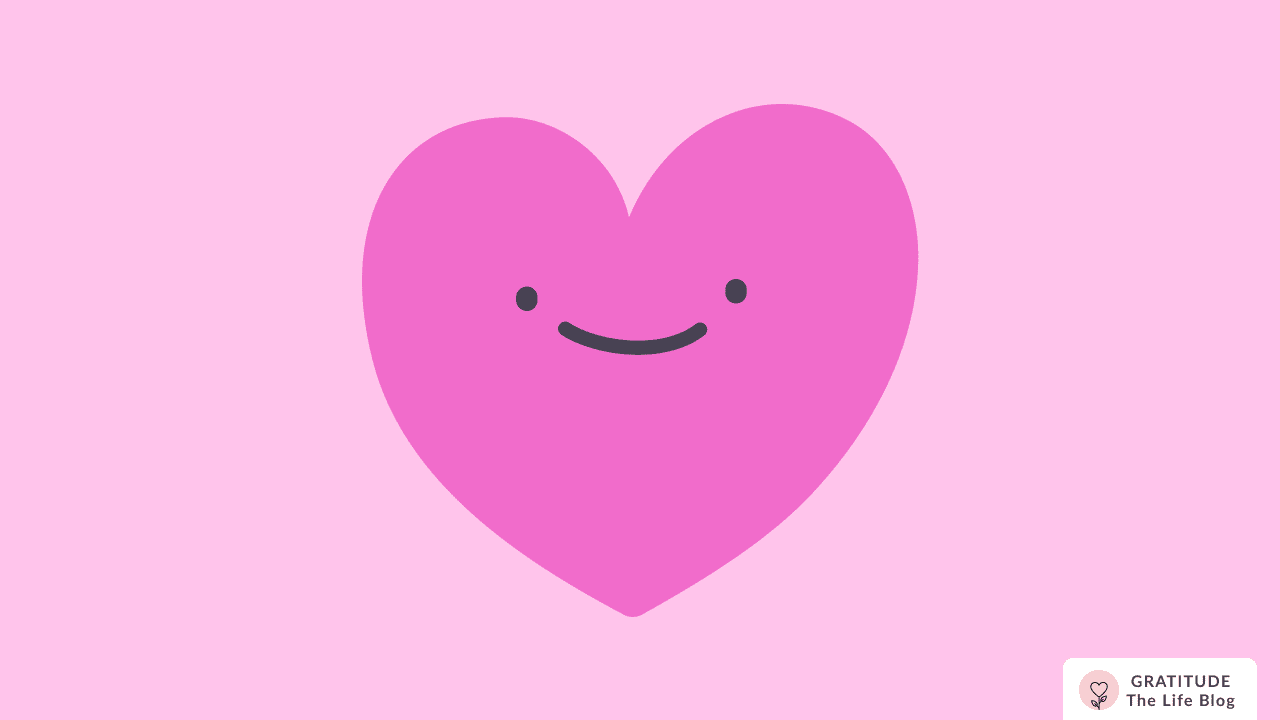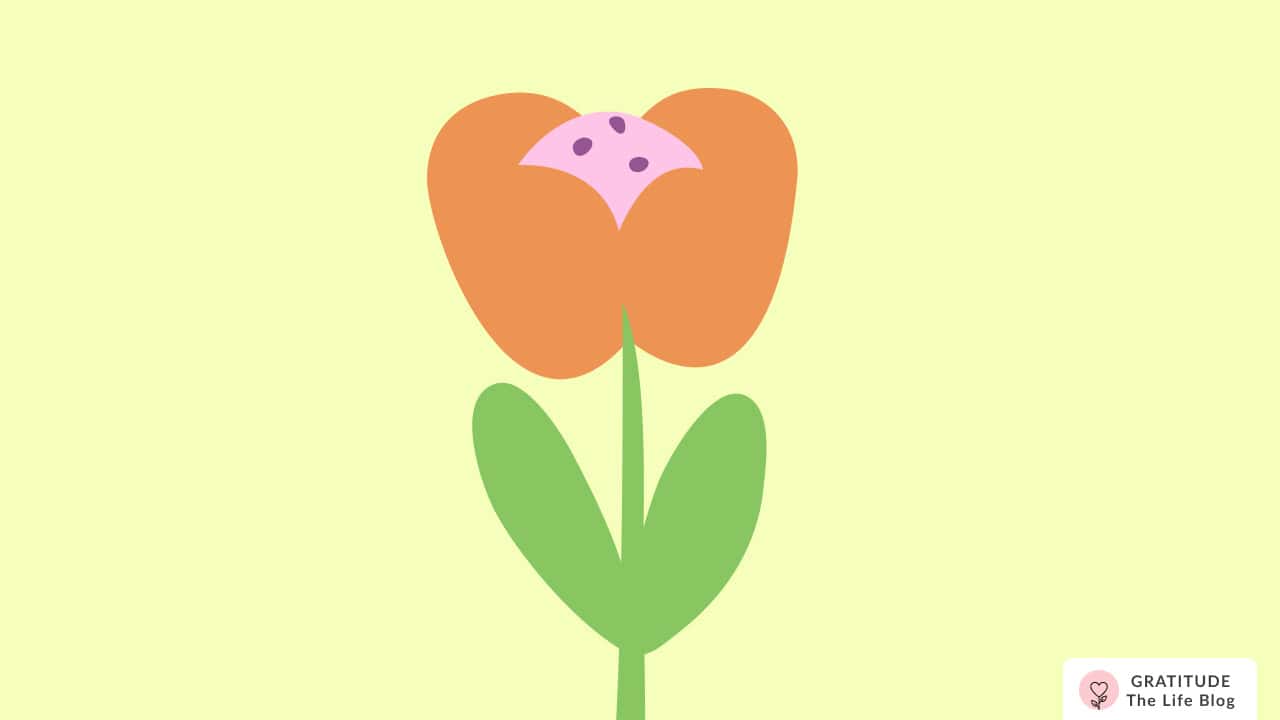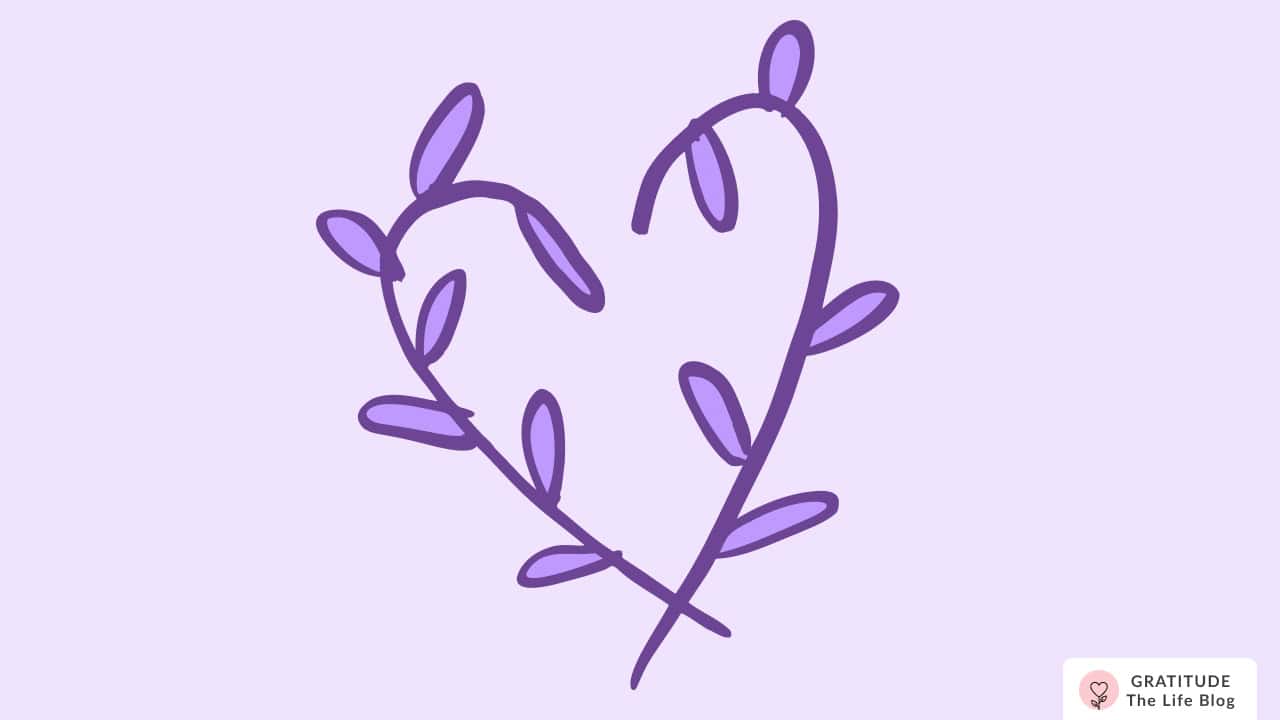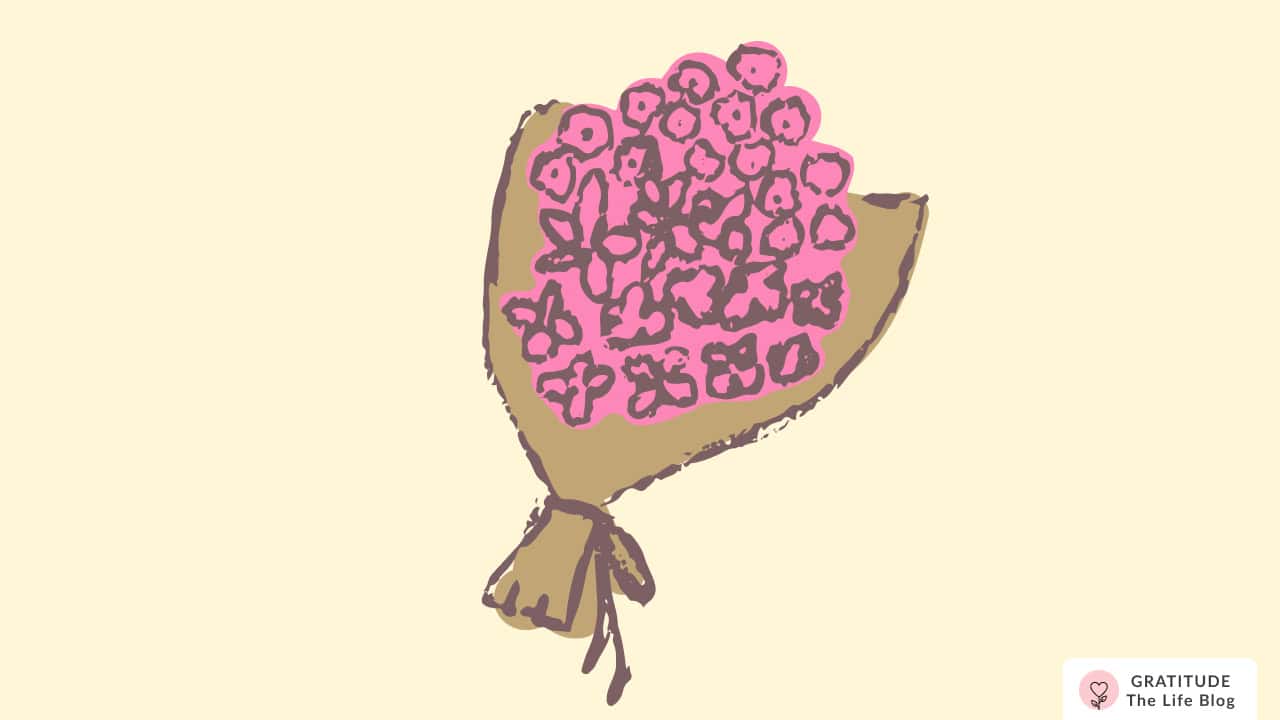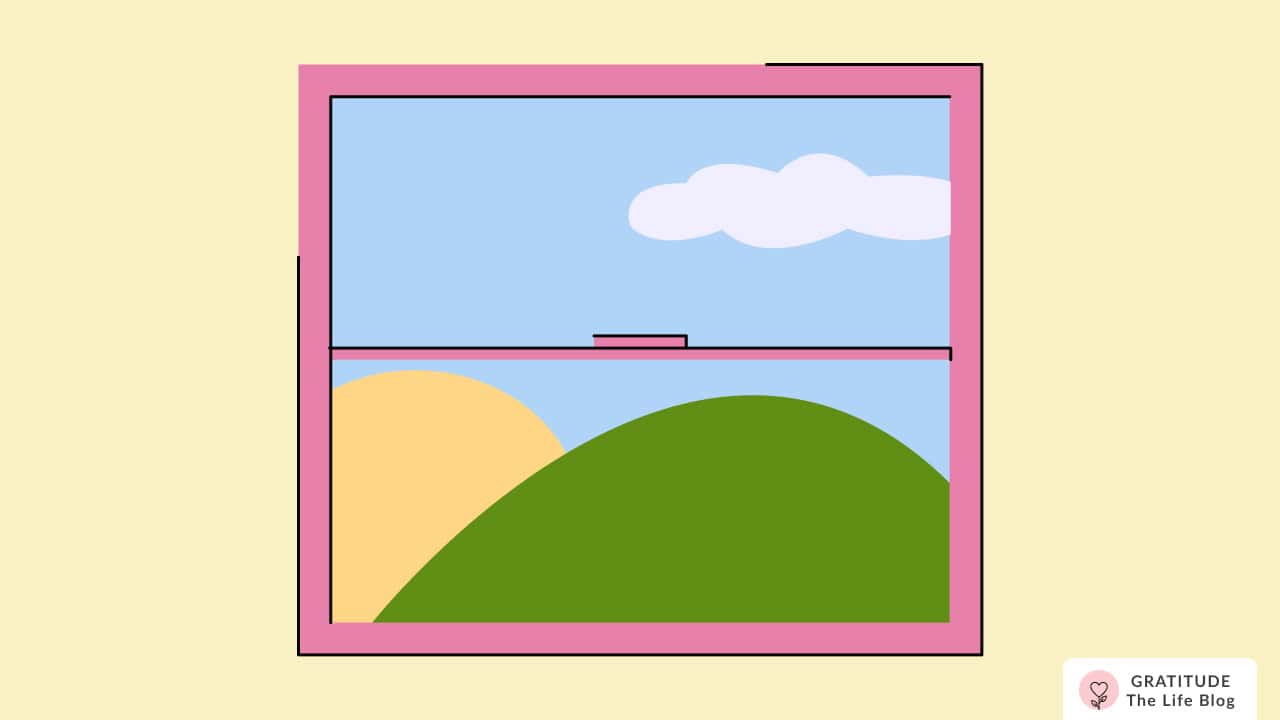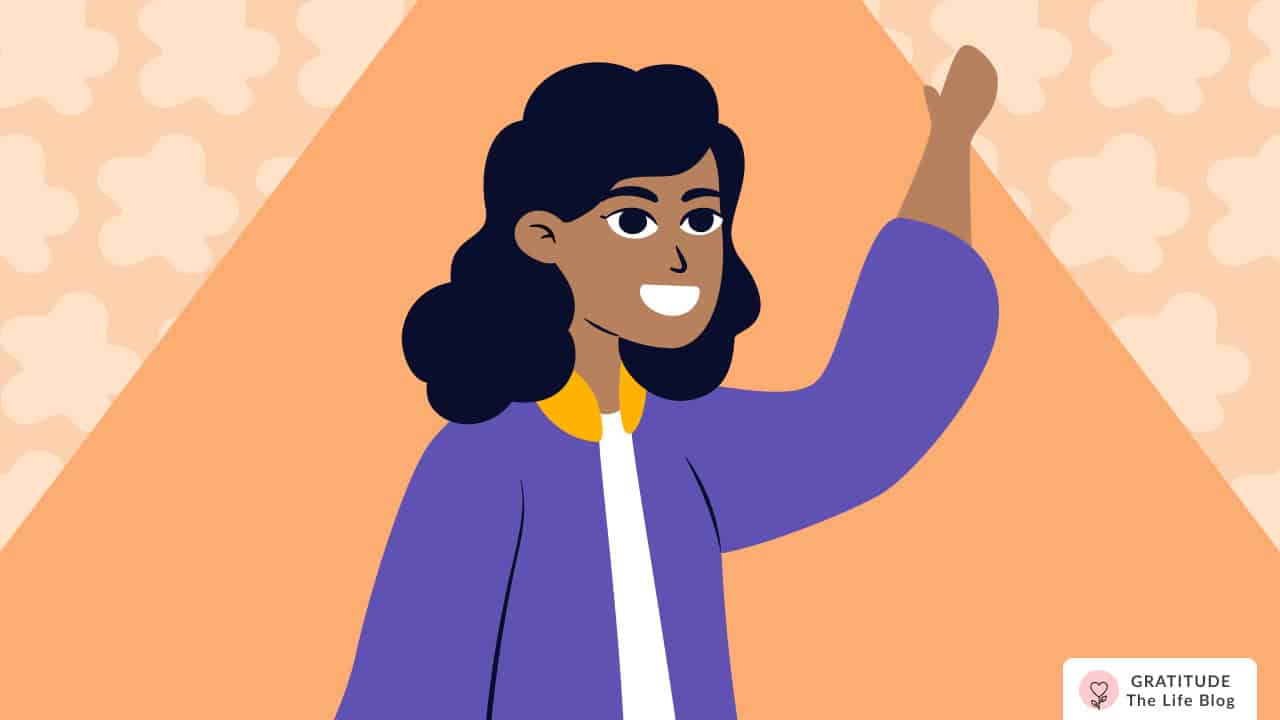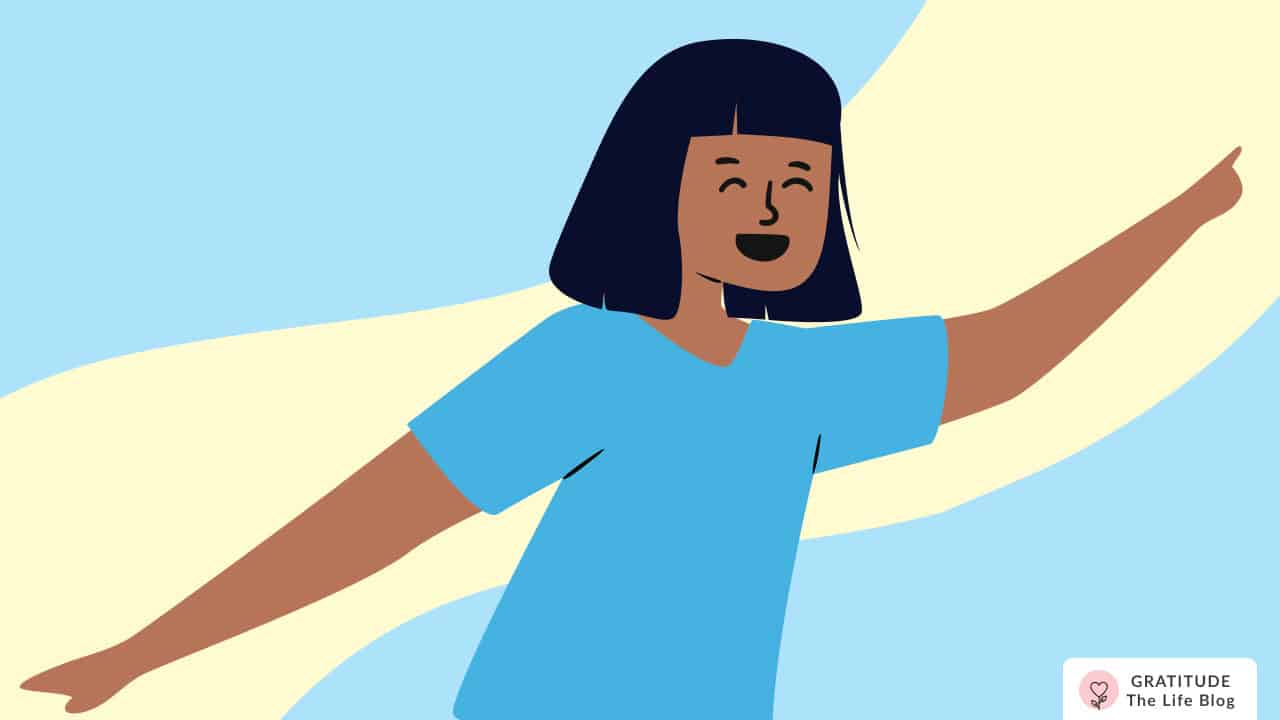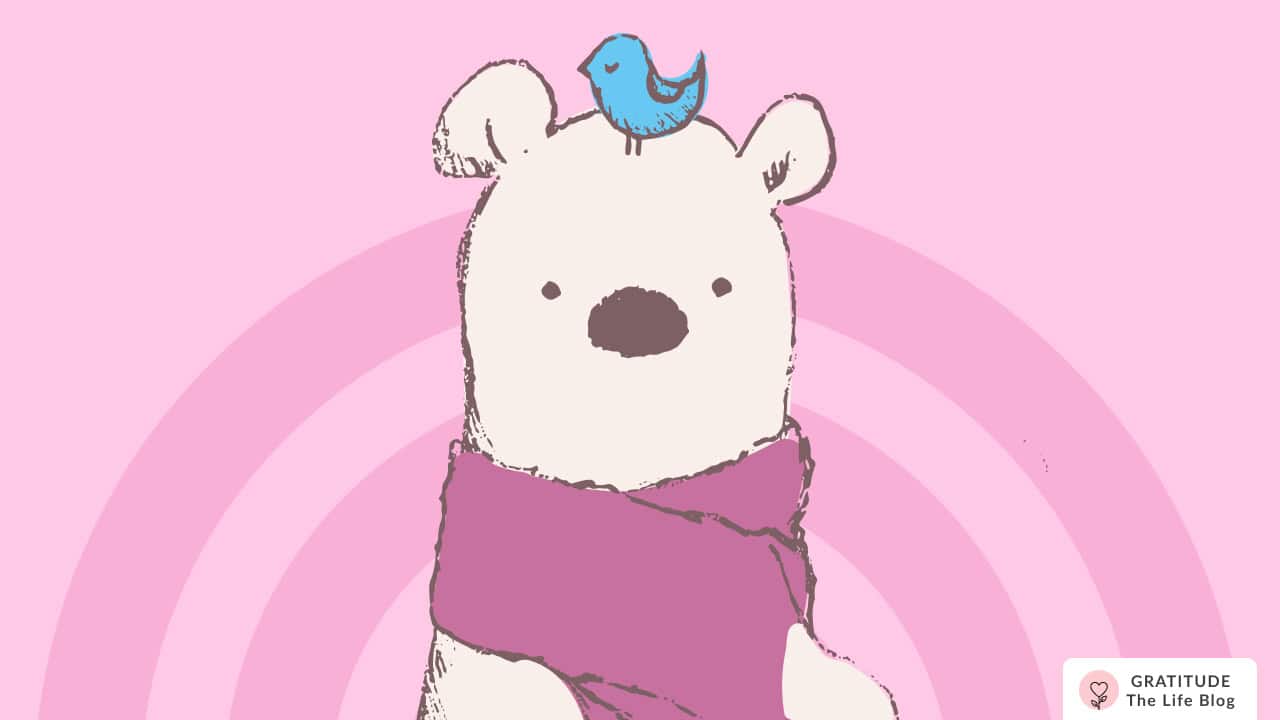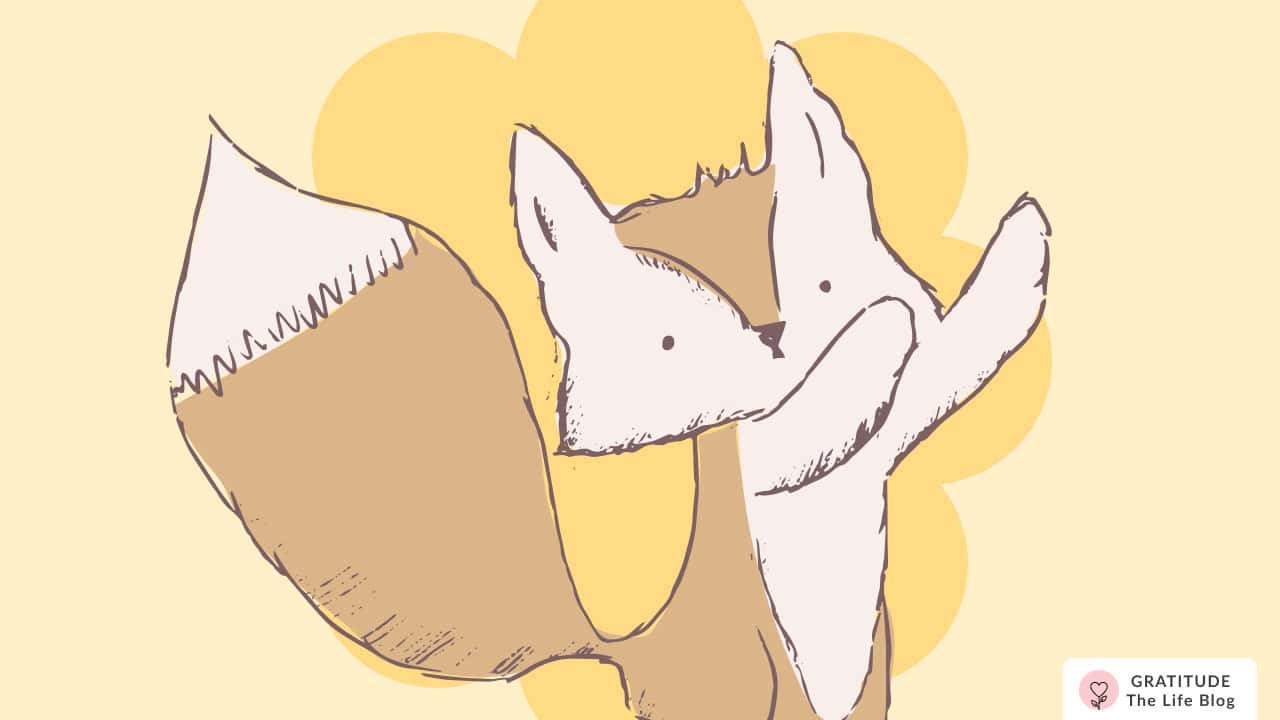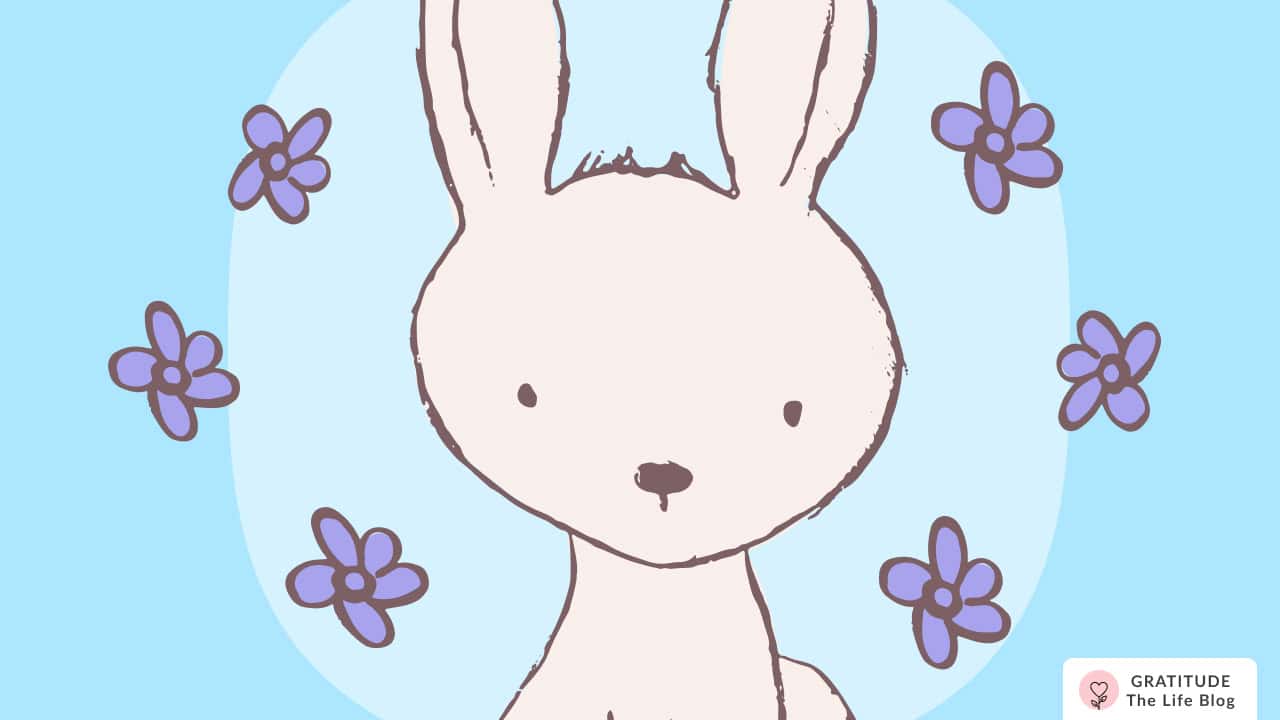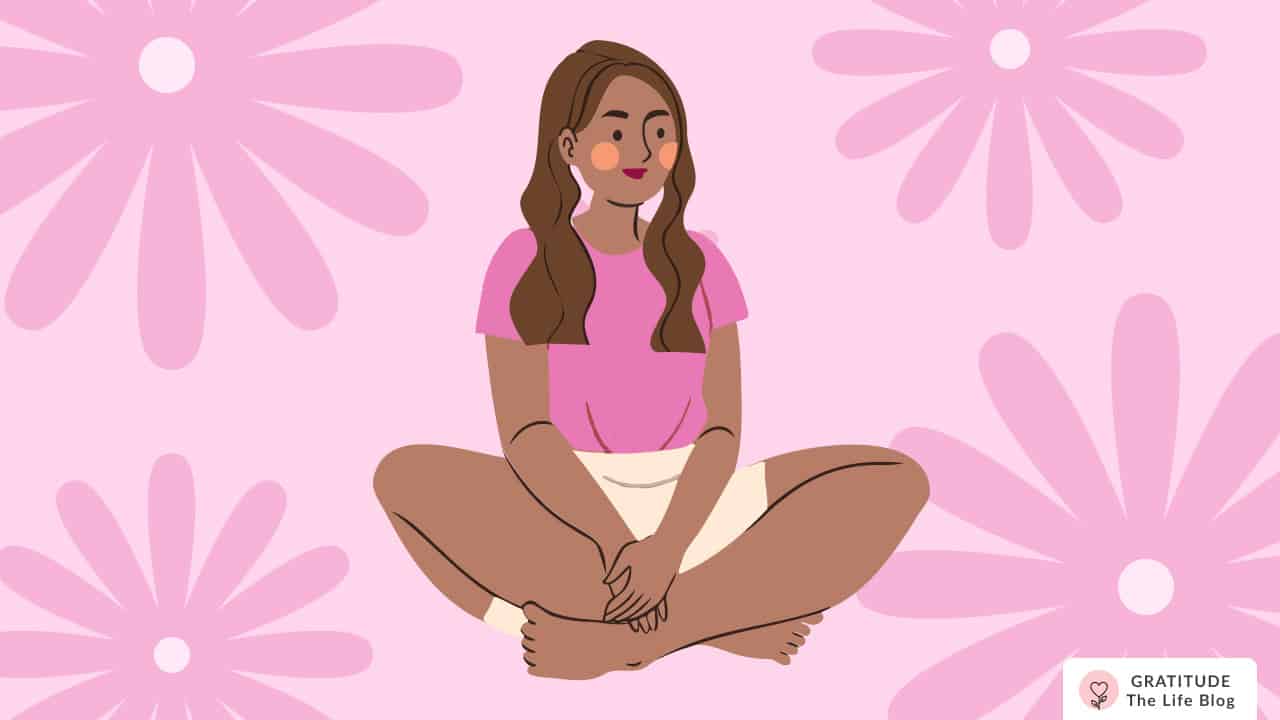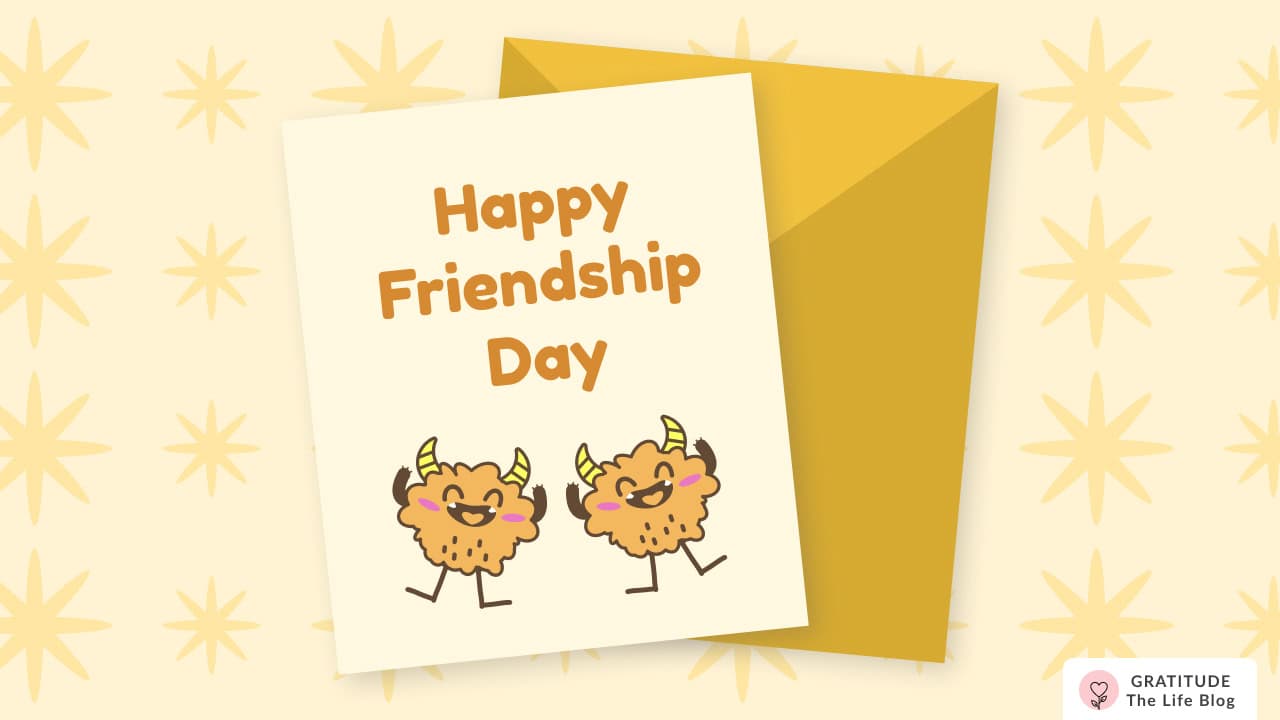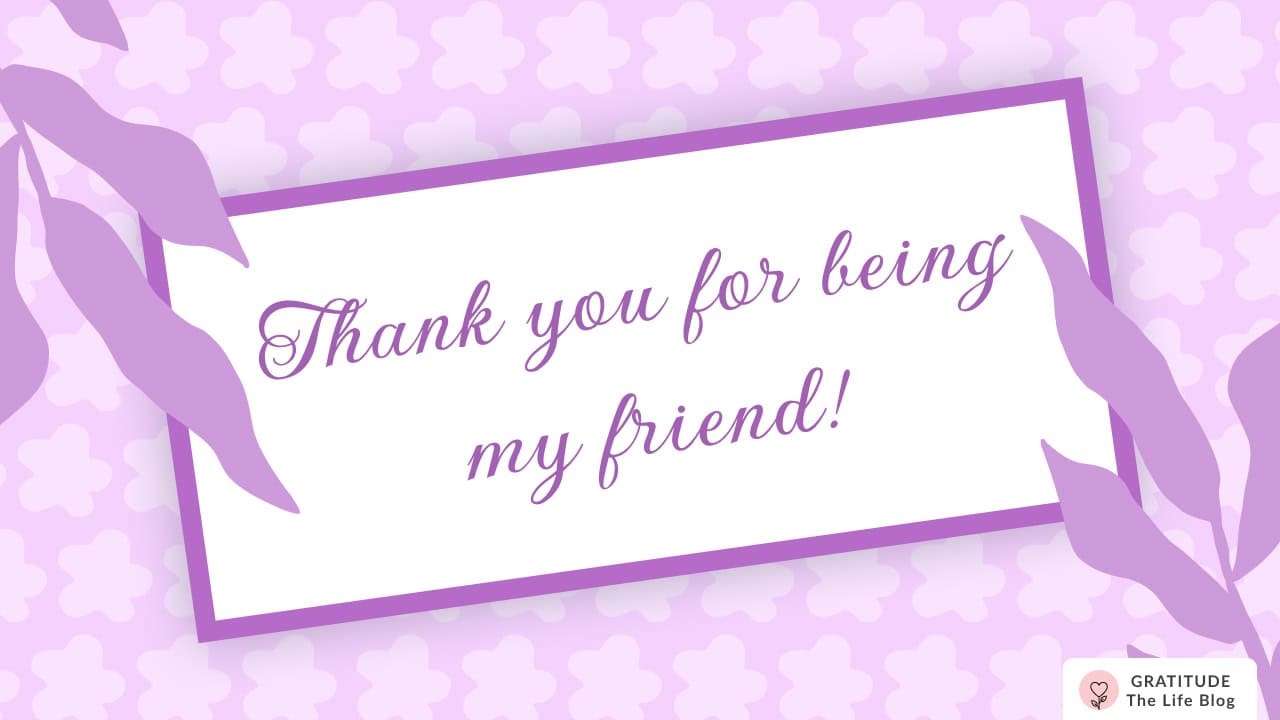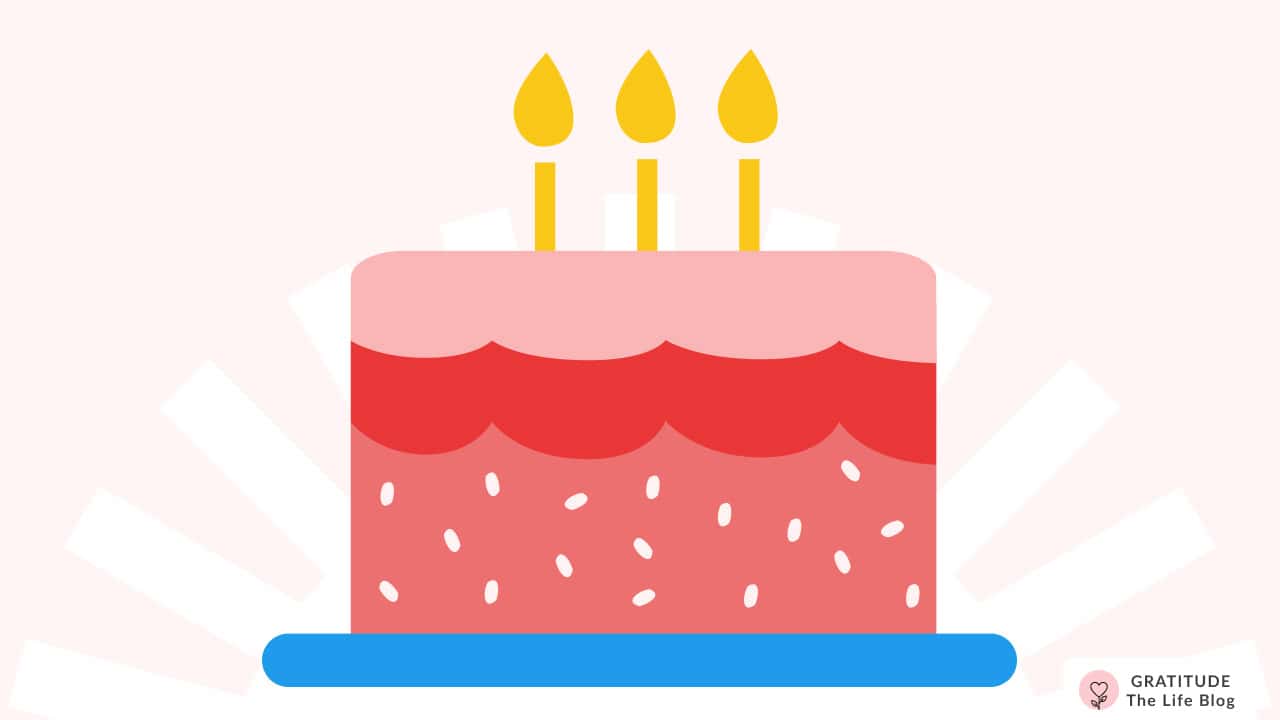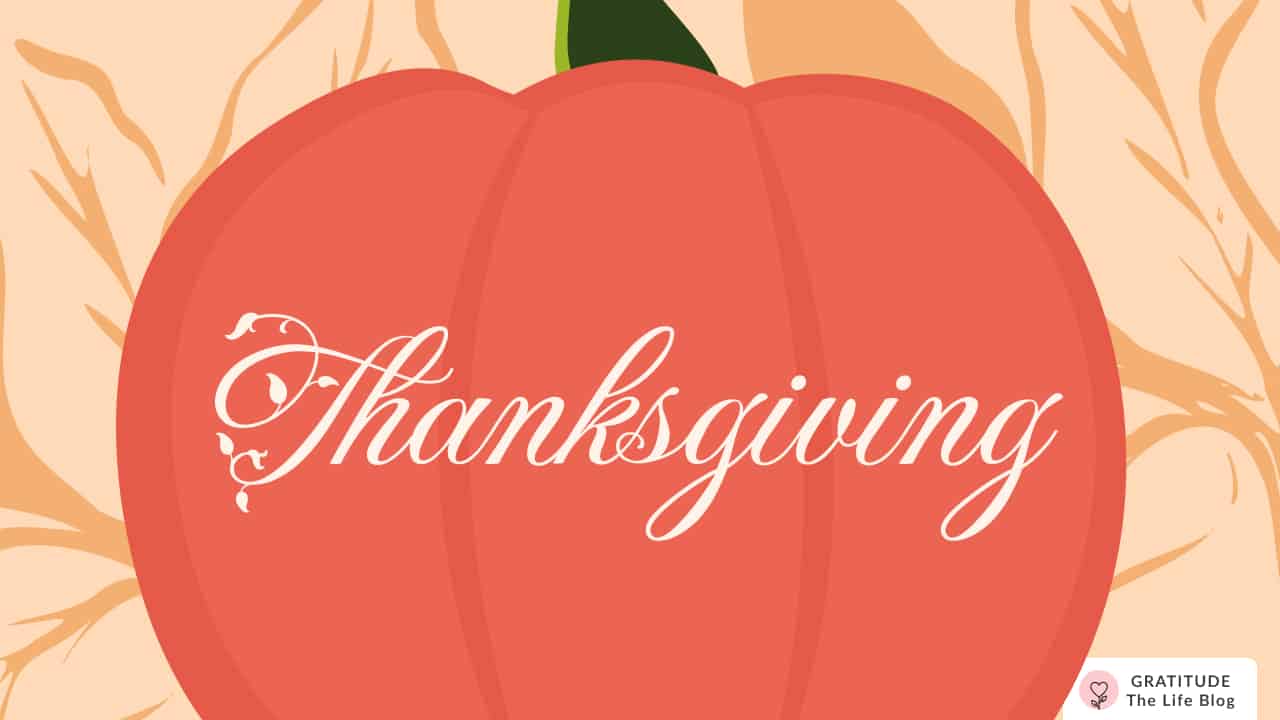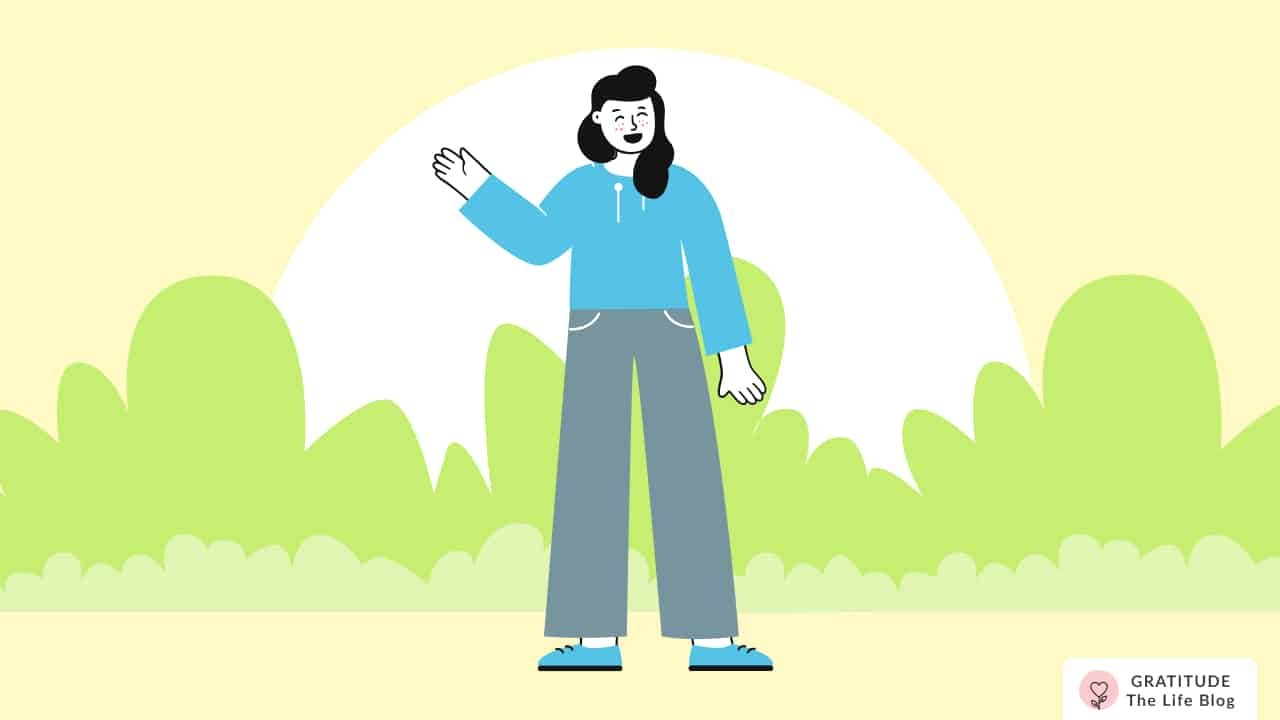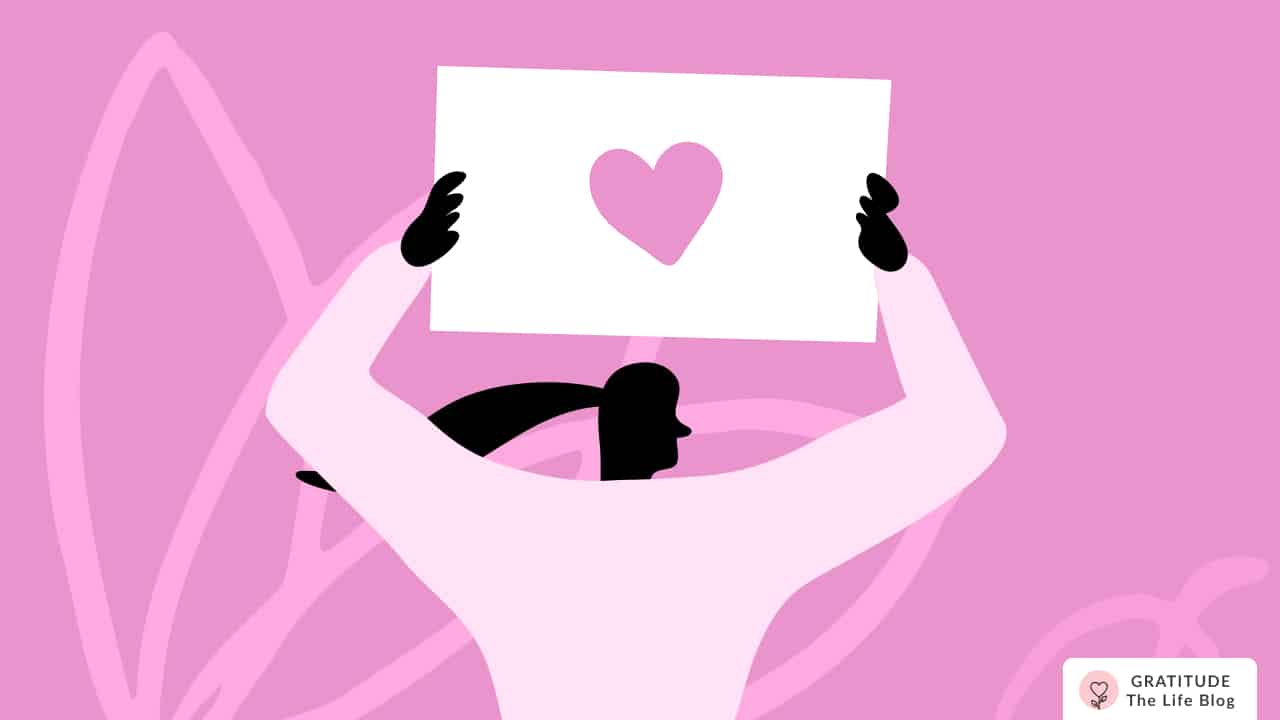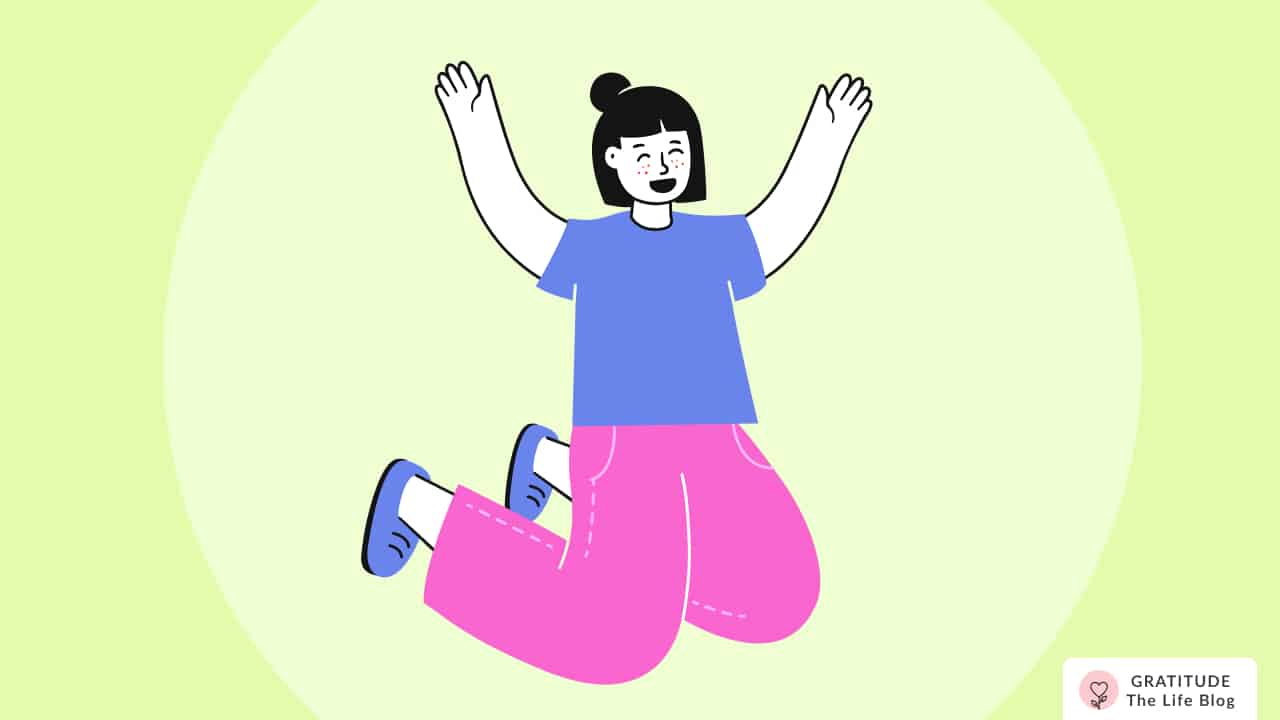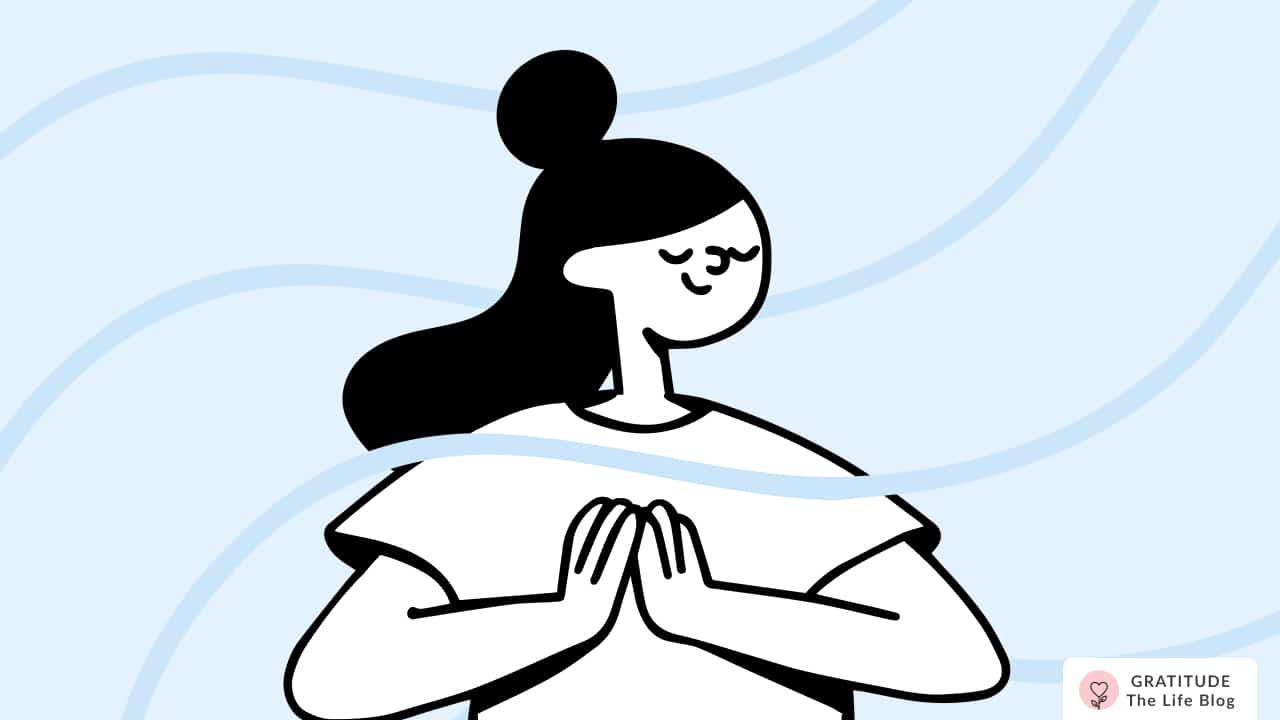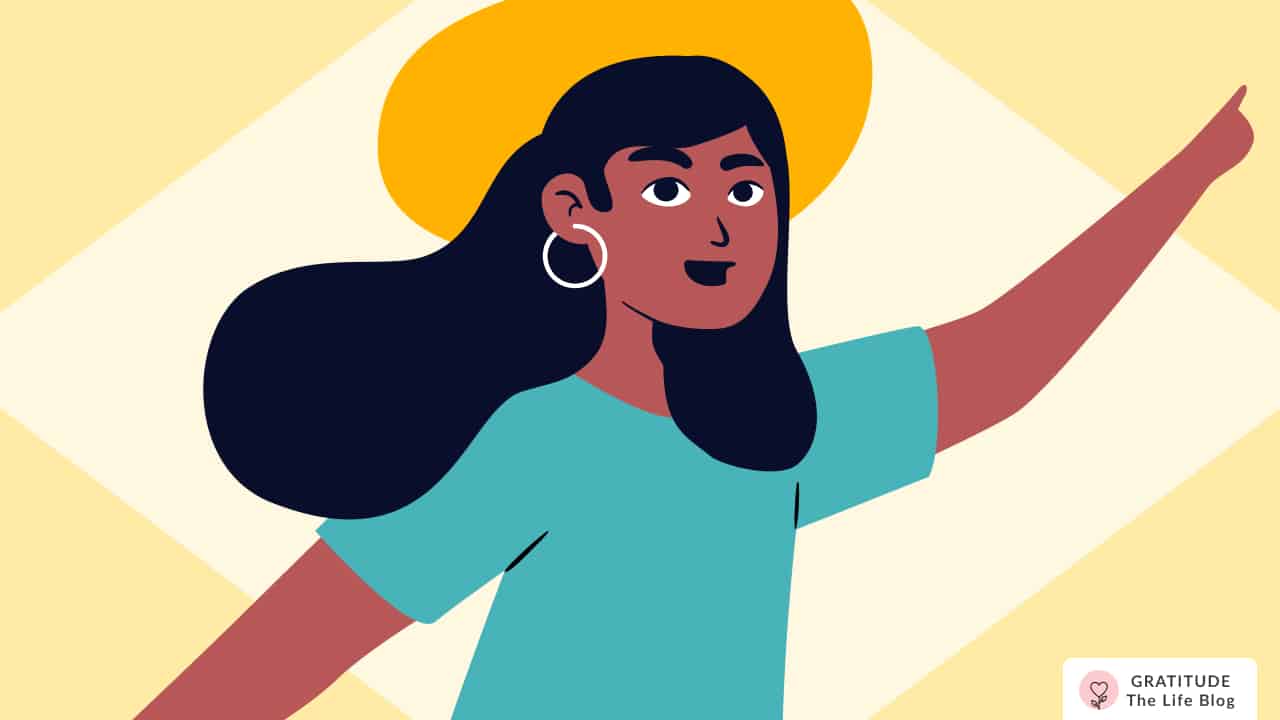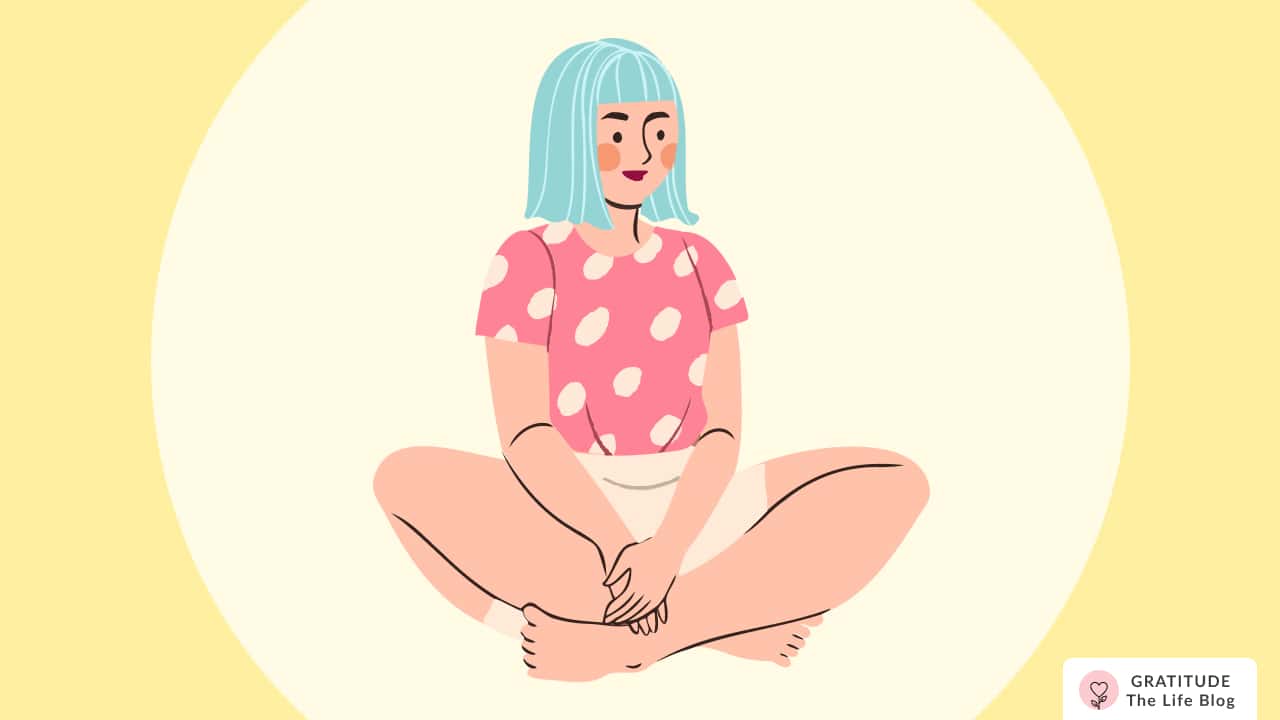Vision Board For Kids: The Complete Step-by-Step Guide
Guide your child as they make a vision board of their own!
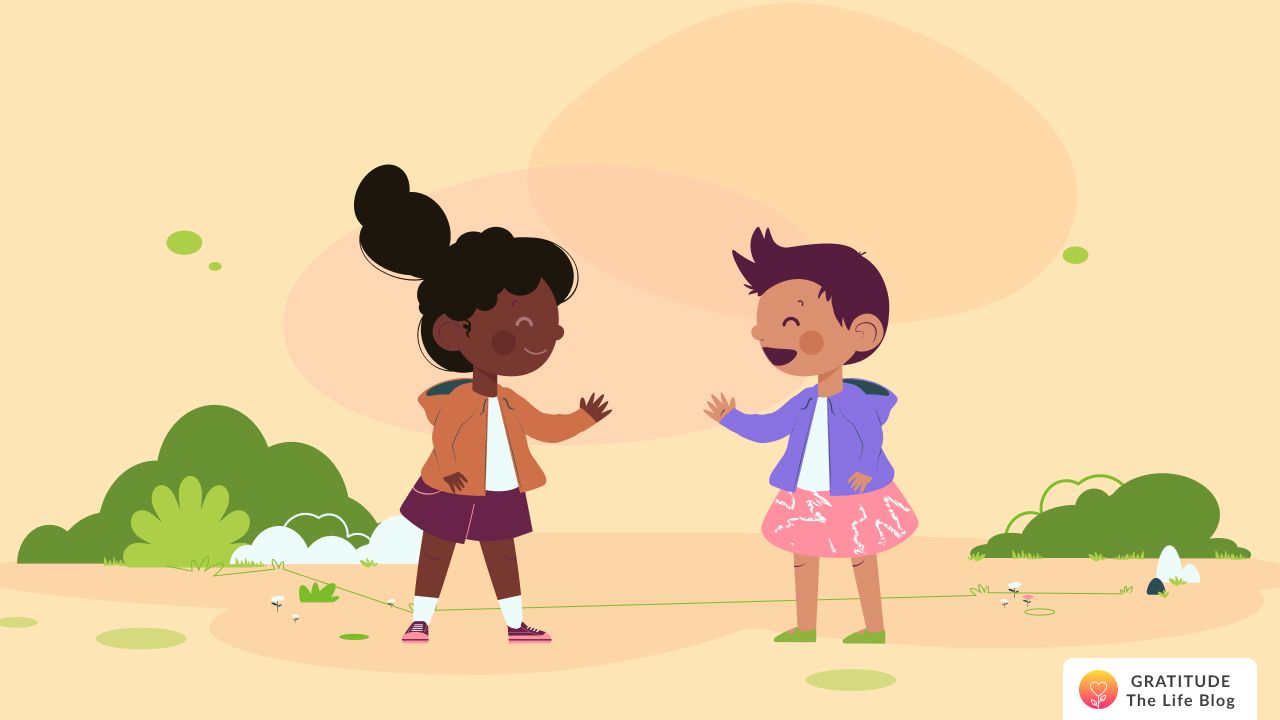
I’m quite excited to get into this post today. Vision board for kids! It sounds so fun and joyful in itself. Vision boards have been around for some time and they keep gaining popularity, understandably so.
The focus of this post is to share information on how to make a beautiful dream board that your kids would love to look at every day and get inspired by.
Let’s briefly describe the concept of vision boards and why kids should make them too.
What is a vision board?
I think Jack Canfield described it best - “A vision board is a visualization tool which refers to a board of any sort used to build a collage of words and pictures that represent your goals and dreams. The inspirational collages serve as your image of the future – a tangible example, idea, or representation of where you are going.”
Vision boards can be both digital and physical. In fact, our Gratitude app has a dedicated vision board area where you can add sections, photos, captions, make multiple vision boards, and play them with music. I recommend you to try it!
As this is a vision board for kids guide, I’m going to focus on physical boards. When they grow up and get a mobile device of their own, they can migrate to a digital one as well.
Why should kids make vision boards?
Well, why not? If a child learns the importance of focus and priorities early on, it would naturally become a part of their personality as they grow up.
Here are the benefits of making a vision board for kids:
- It’ll help them become more confident. Kids naturally think of dreams in their minds. Having them tangibly placed on a vision board with your support would make them feel more confident that they can indeed achieve them.
- It’ll give them a space to be themselves and express their individuality. We all enjoy personality tests and knowing what is special about us. A vision board is particular to every person who makes it and it is a great place for a child to explore and understand themselves.
- It’ll make them think about who they want to be. Vision boards are not only about things that we want to have, it’s also about the person that we want to become. This would make them think about the values they want to inculcate and the qualities that they want to grow.
- It’ll allow them to dream big. A vision board is limitless and ambitious, more so, especially for a young person. Your child will be excited to now have a dedicated space to think about the life of their dreams.
- It’ll make them understand the importance of focus, effort, and fun. When they’ll see their vision board every day, they’ll remember the direction that they want to use to guide themselves. As they achieve their goals with their efforts, they’ll learn about the effectiveness of focused work. And, it’s fun! It’s a beautiful reminder of the fact that they did a wonderful activity and made dreams for themselves.
- It’ll be a memorable bonding experience for both of you. This is an art and craft activity that you’ll be there to guide your child with while they dream away and visualize their perfect life. It’s a blessing!
Alright then, let’s now learn how to make a vision board for kids that they’ll love creating:
How to Make a Vision Board for Kids
- Do a prep activity
- Have a visualization exercise
- Make a list of goals with prompts
- Get supplies
- Put everything together
1. Do a prep activity
How much does your child know about vision boards? Is that something that they’re already interested in? Do they know about the concept and why it’s important?
Introduce the concept of vision boards to them over dinner or a walk, whenever they’re relaxed and not distracted. Then, let them decide when they’d be interested to start making it.
Give them a few examples of how it has helped other people. This whole activity has to be fun for them so let’s make sure that they’re thrilled to be a part of it.
2. Have a visualization exercise
Okay, once they are interested and ready to make a vision board of their own, let’s begin by doing a visualization exercise. Establish why it’s important for them and keep it short. Here do the following things:
- Sit together in a disturbance-free space.
- Play some light, happy music in the background.
- Ask them to close their eyes. You can do the same.
- Then, guide them to visualize their dreams. Ask one question and give them time to think over it, respond, and feel.
- It can sound something like this - I want you to think about the one thing that you really want to have right now. Now, imagine that you already have it. How do you feel? Imagine how wide your smile is and how thrilled you are...
Now, think about yourself all grown up. What do you want to be doing? How do you want to feel? Who do you want to become?
Does that make you feel excited? Why is it important to you? Now, repeat after me, “I am all that I want to be… My dream life is coming to me. - Adjust this depending on the age and personality of your child. You know what’s best!
- Then, ask them to open their eyes. Ask them how they feel.
- You can then move on to the next activity where we make a list of goals.
3. Make a list of goals with prompts
Before we get to picking photos and the actual creation, it’s important to make a list of goals that we want to visualize on a vision board. So, your job now is to guide your child with vision board prompts to help them think of focused goals and what they want to aim towards.
It is important for goals to be specific and that might not come naturally to a child, so help them out with these questions.
It’s okay to have diverse goals spanning different areas like learning, travel, things, activities, and more. Start out with easy questions and then move into goal-focused ones.
- What are some of your favorite things that you have?
- What are your favorite things to do?
- What do you want to learn to do?
- What is a goal that you’re thinking of for this year?
- What would you enjoy studying about at school?
- What is your dream job?
- In your dream vacation, which places would you like to travel to?
- What do you like about our best friends?
- In what way would you want to help our planet?
- What would your dream house look like?
- What are the things that you really want to get?
- What are some big goals that you want to achieve?
Give them time to think. You can write down their goals for them or let them do it, whatever is best for the situation.
4. Get supplies
I kept this step after the questions because I wanted your child to already have an idea of what they’re looking for, to be excited to make this board and to take the lead on choosing what they want.
Generally, here are the supplies any vision board needs:
- A foam board or chart paper or pinboard or poster board
- Scissors
- Glue
- Magazines (to cut out relevant images from)
- Printed images (if you go on Google to select photos/quotes/affirmations)
- Markers
- Stickers
- Colorful papers or sticky notes (to make your own drawing or write quotes/affirmations)
Elaborating on the point about photos, refer to the goals that came up during the prompts exercise. You can read my guide here on selecting perfect vision board photos but the main thing to keep in mind is specificity.
Finding a photo that most clearly picturizes what you want is the goal. Sometimes, it can even only be text with an illustration, for example, “Win 100m race” with a trophy next to it 🏆. Or, if they want to learn ballet, then add a photo of a professional ballerina that they most relate to.
Also, if your child likes to draw, encourage them to use this skill to make custom drawings for their goals too. In the end, what’s most important is that your child should love each photo that they put on their board.
Also, here are some affirmations for kids that would also be a great addition!
- My voice matters.
- I accept myself for who I am.
- I am building my future.
- I choose to think positively.
- My happiness is up to me.
- I start with a positive mindset.
- Anything is possible.
- I radiate positive energy.
- Wonderful things are going to happen to me.
- I can take deep breaths.
- With every breath, I feel stronger.
- I only compare myself to myself.
- I can do anything.
- It is enough to do my best.
- I can be anything I want to be.
- I accept who I am.
- I am brave.
- I am smart.
- I matter.
- I am proud of myself.
- I am important.
- I am creative.
- I am patient.
- My opinion matters.
- I am valued.
There is also something called power words that are wonderful for vision boards. Shea talks about them in-depth in our How to Create Vision Board course. Essentially it's about picking words that speak to you and what you want to become or inculcate. Here are some examples:
- Creative
- Focus
- Hope
- Believe
- Happy
- Gentle
- Respect
- Grace
- Harmony
- Smile
- Light
- Organize
- Family
- Friendship
- Brave
So, ask your child to think of power words that they want to be close to and write them on a piece of paper to add to the board. Also, it can be one word or three to four. Keep them limited so that it’s focused.
5. Put everything together
Now that we have our goals, photos, and supplies, it’s time to put it all together! Lay down all the photos, words, affirmations, stickers, drawings, etc., and try out with different placements.
Add or remove items depending on how it looks. Once they’re happy with it, start gluing or pinning all the items on the board together. Here’s one example of a vision board for kids:
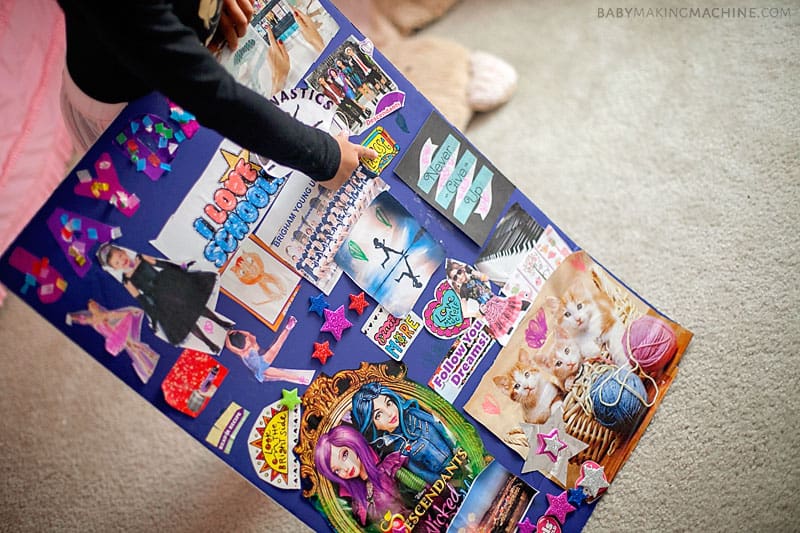
Then, finally, hang this board up in their bedroom so that it’s frequently in sight. You can encourage a habit of looking at the board every day in the morning with focus before they go to school and keep reminding them of their immense capability.
And, that’s it! That’s how a vision board for kids is made. I hope you found this helpful. I wish you and your child(ren) the best for this very fun activity!
👉 Continue Reading: How to Know Whether Your Vision Board Will Work or Fail

